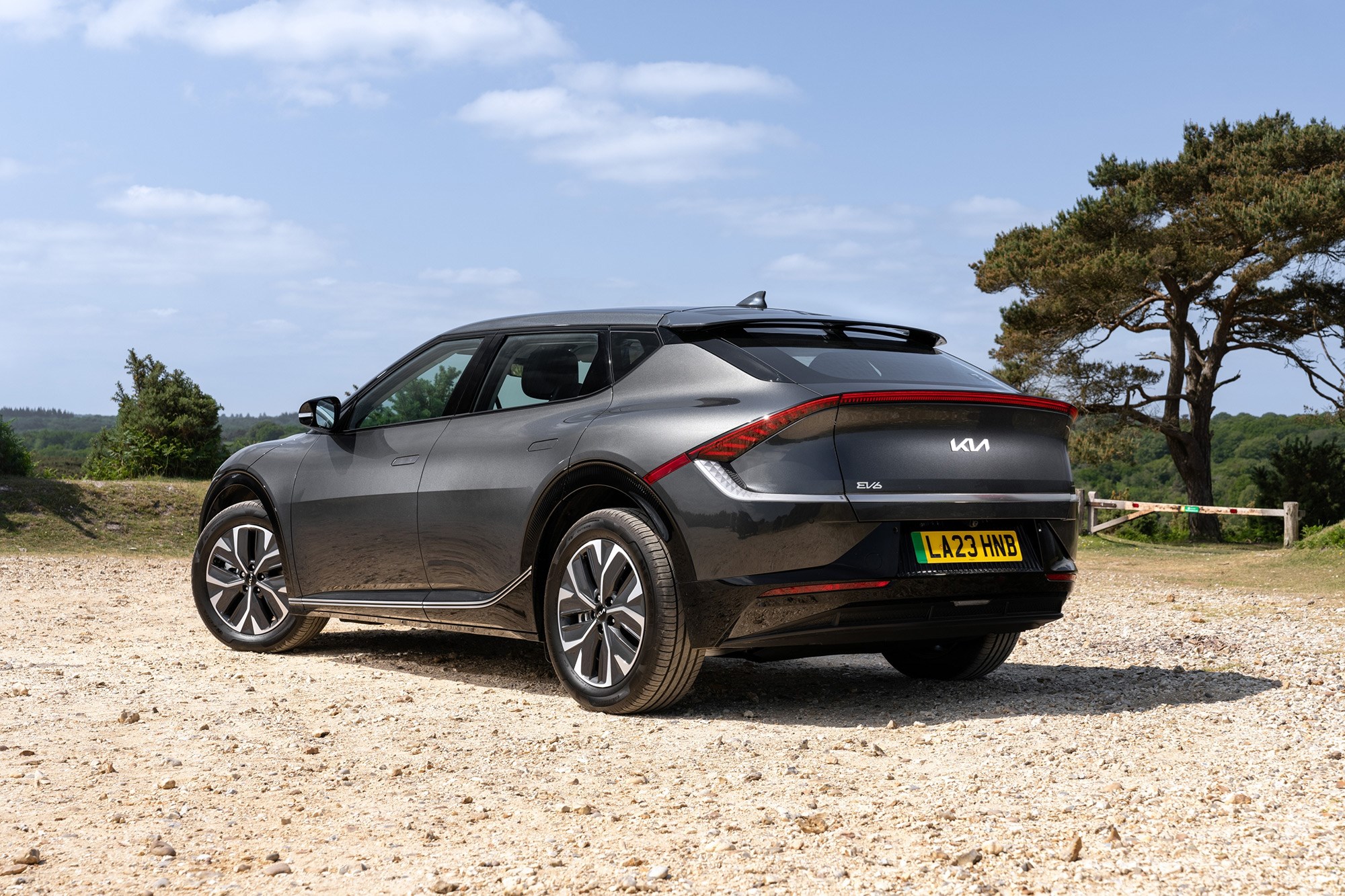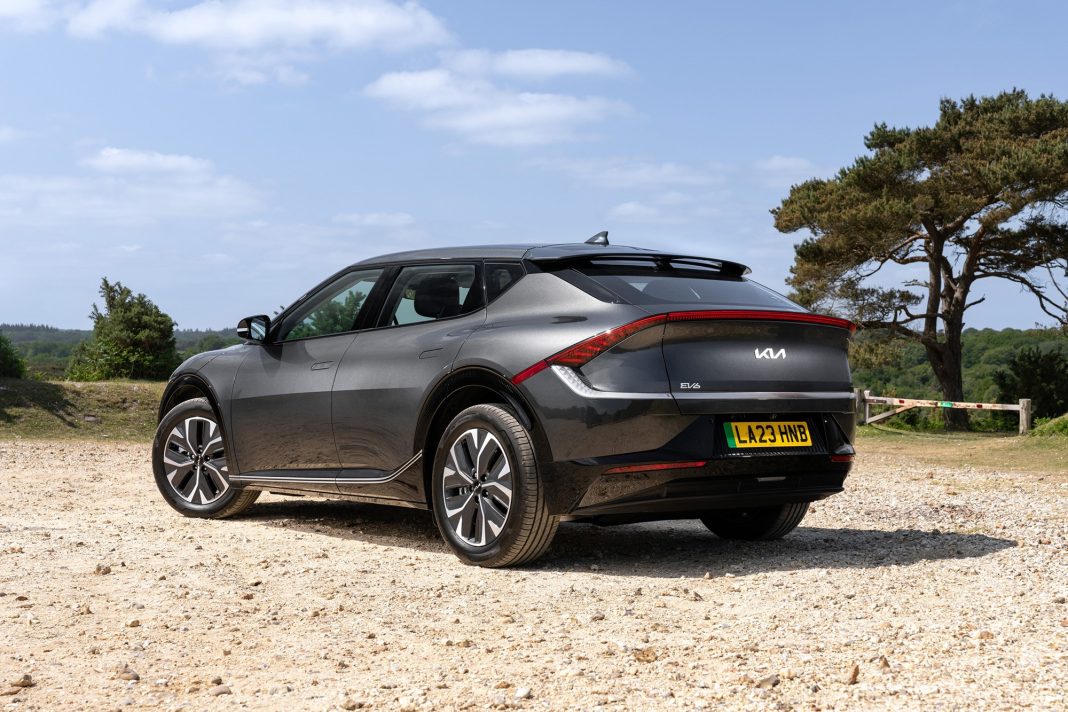 GM’s goal of producing 1 million all-electric vehicles in North America by the end of 2025 is in doubt, according to recent comments made by CEO Mary Barra. The automaker had previously lowered or withdrawn several EV targets and product plans due to the slower-than-expected demand for electric vehicles. During a virtual CNBC CEO Council event, Barra stated, “We won’t get to a million just because the market is not developing, but it will get there. We’re going to be guided by the customer.”
GM’s goal of producing 1 million all-electric vehicles in North America by the end of 2025 is in doubt, according to recent comments made by CEO Mary Barra. The automaker had previously lowered or withdrawn several EV targets and product plans due to the slower-than-expected demand for electric vehicles. During a virtual CNBC CEO Council event, Barra stated, “We won’t get to a million just because the market is not developing, but it will get there. We’re going to be guided by the customer.”
For more than two years, GM had been aiming to have a production capacity of 1 million EVs in both China and North America by 2025. However, despite changing or withdrawing some of their EV targets, the company had maintained its commitment to installing the necessary capacity for EV production in North America.
While a GM spokesman clarified that the target was about production capacity rather than actual production numbers, Barra did not specifically address which aspect she was referring to. However, the spokesman later confirmed that the company would no longer reiterate its EV production capacity plans for 2025. GM has emphasized that its EV plans will remain flexible to meet market demand.
More details about GM’s EV plans may be revealed when the company reports its second-quarter results on July 23. It remains to be seen how GM will adapt its strategy to align with market trends and customer preferences. The slower growth of the EV market indicates that consumers are not adopting electric vehicles as quickly as anticipated by many companies, including GM. This highlights the importance of being responsive to customer needs and preferences in order to achieve long-term success in the evolving automotive industry.
Experts suggest that several factors may contribute to the slower adoption of electric vehicles. Firstly, the high upfront cost of EVs compared to traditional gasoline-powered vehicles remains a significant barrier for many consumers. Despite declining battery prices, electric vehicles still have a higher price tag, making them less accessible to a broader consumer base. Government incentives and subsidies have helped mitigate this issue in some regions, but more widespread affordability is necessary for mass adoption.
Additionally, the limited charging infrastructure poses a challenge for potential EV owners. Concerns about range anxiety, or the fear of running out of charge during a trip, deter some consumers from transitioning to electric vehicles. To drive widespread adoption, further investment in charging infrastructure is crucial to ensure convenient and accessible charging options for EV owners.
Furthermore, the lack of variety in EV models compared to traditional vehicles limits consumer choice. Many consumers have specific preferences and needs when it comes to their vehicles, and the availability of a diverse range of electric vehicle options can help address these preferences. As automakers continue to expand their EV lineups and offer more options in terms of vehicle types, sizes, and features, it is likely that consumer interest will grow.
Despite the current challenges, the long-term outlook for electric vehicles remains positive. As technology advances, battery costs continue to decline, and charging infrastructure expands, the barriers to entry for electric vehicles will gradually decrease. Consumer awareness and acceptance of electric vehicles are also expected to increase as more people experience the benefits of reduced emissions, lower operating costs, and improved performance offered by EVs.
In conclusion, GM’s goal of producing 1 million all-electric vehicles in North America by 2025 is uncertain due to slower-than-expected market development. The company’s focus on being guided by customer demand highlights the importance of adaptability in the evolving automotive industry. While the slower growth of the EV market poses challenges, factors such as high upfront costs, limited charging infrastructure, and lack of variety in EV models contribute to the slower adoption. However, as technology improves and market conditions evolve, the long-term prospects for electric vehicles remain promising.


